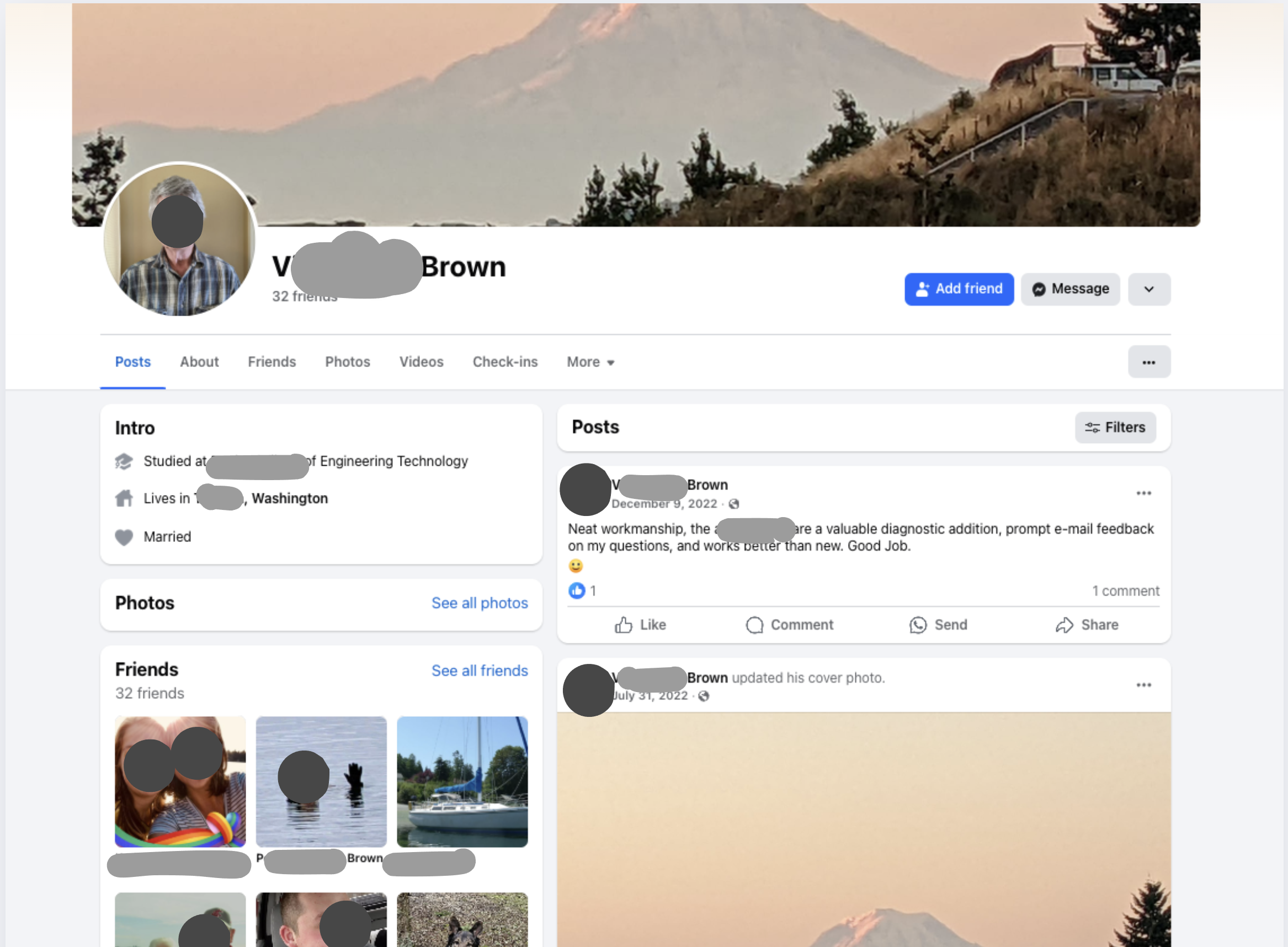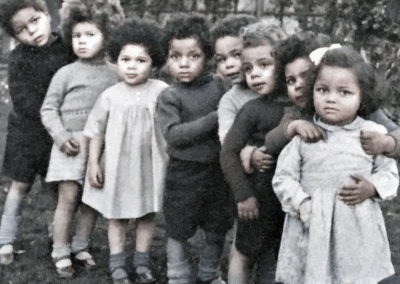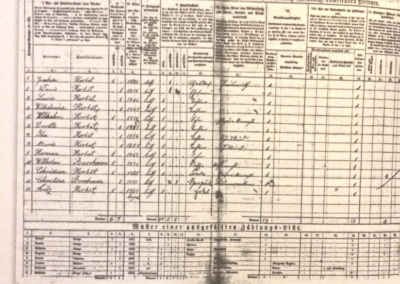The following blog post is part of a series highlighting key aspects of the work of DNA Doe Project’s investigative genetic genealogists showcased in the documentary Naming the Dead, available on NatGeoTV, Hulu, and Disney+.
What is proof of life to an investigative genetic genealogist (IGG)?
If you watched Naming the Dead, you may have heard one of our IGGs talk about proof of life during the episode. Your first thought when you heard the term may have been of a kidnapping victim holding up a newspaper, “proving” that they are, in fact, still alive – that’s an image we’ve all seen in the movies. That wasn’t what we meant in this case, so let’s look at what proof of life means in the work of investigative genetic genealogy.
Proof of Life for an IGG
When an IGG looks for proof of life, they are looking for an absence of everyday life activity. As a simple example, if research shows that remains found in 2019 could be one of three sisters, but two of those sisters were in photos found on social media taken after 2019, the IGG would focus on the third sister, for whom there was no “life activity” after 2019.
If that sounds like easy and concrete proof that IGGs and ultimately detectives can bank on, here are a few additional considerations:
- While there are a wide variety of ways to collect proof of life, not all of them are as reliable as they may seem. When the Doe died is often a range of time, influenced by many factors depending on when and where they were found. And the different proof of life types have potential pitfalls (discussed later in this post).
- Not everyone leaves as much of a trail as you’d think – and the more time that has passed, the more difficult it can be to find meaningful evidence.
Proof of life is just one of many steps IGGs take in identifying remains, and it’s always viewed as a piece of a bigger puzzle – not definitive proof.
Examples of Proof of Life
Proof of life can come in many forms, including but not limited to the following.
- Recorded purchases or rentals tied to a name, as we saw in Naming the Dead, can provide a strong indication of where a person was living and what they were doing. A potential challenge with that type of evidence is that, in many cases, it’s at least possible that the person listed was not the person who made the purchase, as there’s no way to prove if the individual’s identity was verified at the time of the transaction.
- Social media activity can provide excellent insight into what an individual was doing, but that is only relevant for newer cases. Also, if the “proof” is the activity from the individual, there’s really no way to know if they were posting or if someone else had access to their account.
- Public records like voting records, utility bills, or rental agreements are often easily accessible, but they come with similar challenges as the other items listed. It can be hard to prove that the person associated with the record really was who they said they were.
Another common proof of life is a public sighting, but that often relies on an individual’s memory. Investigators must be careful not to get too excited about this kind of proof, since even people with the best of intentions and a lot of confidence in what they remember can provide inaccurate details.
IGG in Action
The most important thing to remember about the work that IGGs and detectives do when uncovering proof of life is that there’s rarely one piece of evidence that solves the case. Unlike the dramatic reveals we’ve all seen in movies, confirming the identities of Does is a long process with many steps, each as critical as the last.
For more information about how you can help the DNA Doe Project, please click here.





